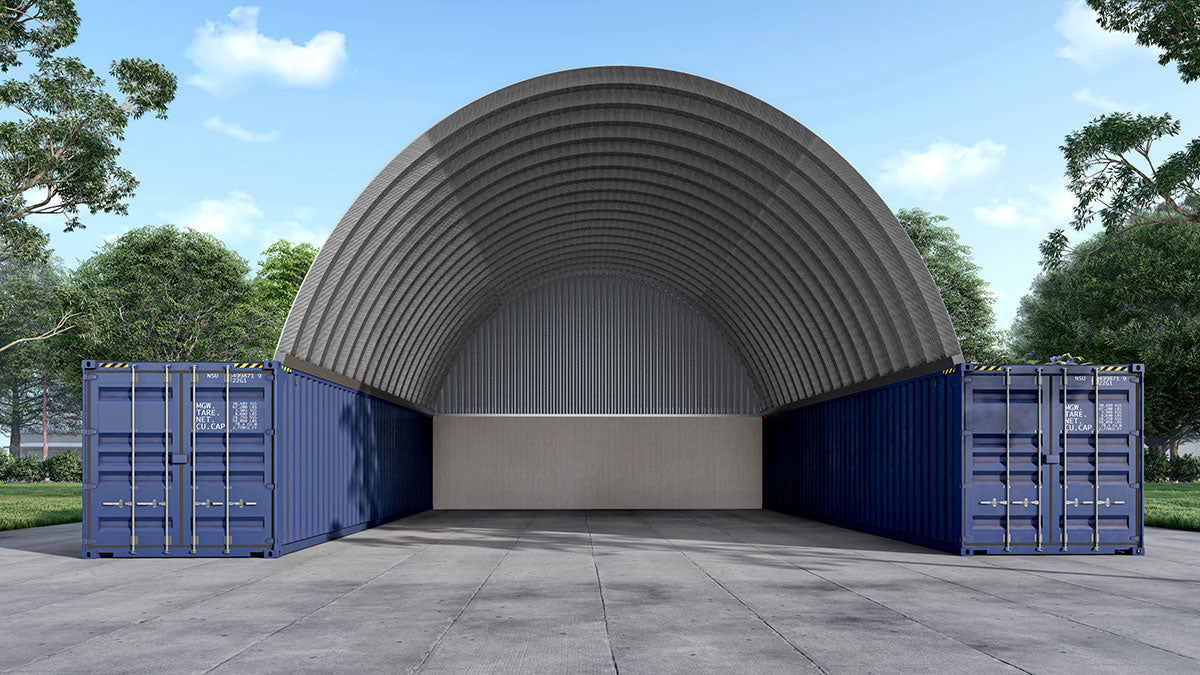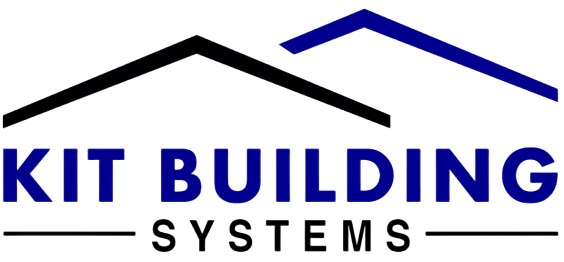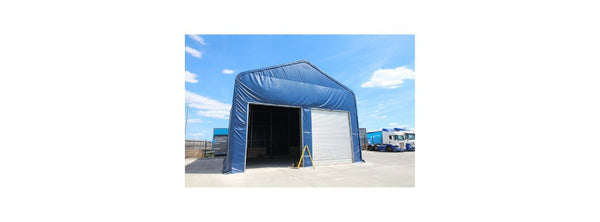
Comment identifier le bon abri de conteneur pour vos objectifs commerciaux
Pensez-vous que votre entreprise a dépassé son espace ? Vous êtes peut-être déjà assis sur la solution. Les abris en conteneur offrent un moyen intelligent et flexible d'élargir votre espace utilisable sans avoir besoin de construction permanente ou de coûts élevés. Que vous gériez une ferme occupée, un chantier en pleine croissance ou une opération logistique, ces couvertures de conteneur s'adaptent à vos besoins avec une grande facilité.
Mais toutes les options ne donnent pas la même valeur. La bonne structure dépend de plusieurs facteurs clés : votre secteur, votre emplacement, vos conditions météorologiques et comment vous prévoyez d'utiliser l'espace. Ce guide vous montrera clairement ce qui compte vraiment lors du choix d'un abri en conteneur, du type de construction au retour sur investissement à long terme.
Qu'est-ce qu'un abri en conteneur, et pourquoi les entreprises s'y tournent-elles ?
Un abri en conteneur est une structure semi-permanente ou temporaire installée sur des conteneurs d'expédition ou des bases modulaires similaires.
Conçus pour offrir une protection, une sécurité et un stockage, ces abris sont utilisés dans divers secteurs, des chantiers de construction et des opérations agricoles aux entrepôts et événements.
Les entreprises les choisissent de plus en plus parce que :
-
Ils sont rapides à installer et à ajuster.
-
Pas besoin de fondations standard.
-
Scalables et rentables pour un usage à court ou à long terme.
Vous avez probablement vu différentes versions d'un abri en conteneur sur divers chantiers, fermes ou zones industrielles. Mais toutes les structures ne conviennent pas à tous les usages. Voyons comment trouver la meilleure option pour vous.
8 facteurs intelligents pour vous aider à choisir le bon abri
Choisir un abri en conteneur ne concerne pas seulement la taille ou le coût ; il s'agit de la manière dont il correspond à vos besoins commerciaux. Pour éviter toute déception et obtenir la meilleure valeur, considérez ces 8 facteurs clés avant de décider.
Étape 1 : Définir l'utilisation principale
Tout d'abord, soyez clair sur l'utilisation que vous avez prévue pour l'abri. Cela déterminera non seulement la taille, mais aussi les matériaux, le flux d'air et les points d'entrée.
Les utilisations commerciales courantes incluent :
-
Stockage protégé des intempéries pour véhicules, outils ou matières premières.
-
Zones de travail couvertes pour maintenir l'activité en toutes saisons.
-
Zones temporaires pour des tâches basées sur des projets.
-
Ateliers d'assemblage ou de réparation sur site pour équipements.
Si vous devez protéger des objets délicats de l'humidité ou des dommages causés par le soleil, vous aurez besoin d'une structure plus robuste qu'un simple abri en conteneur à côtés ouverts.
Étape 2 : Considérer l'environnement physique
Votre structure doit convenir à votre site, pas le combattre. Les points importants à vérifier sont :
-
Charge de vent et classification de la neige : Vital pour les emplacements exposés ou nordiques.
-
Sol et drainage : Surtout si vous utilisez des ancres au sol ou des fondations lâches.
-
Variations de température : Peuvent affecter le choix des matériaux ou l'isolation.
-
Accès : Pour les camions, chariots élévateurs et le personnel.
Étape 3 : Connaître vos exigences en matière de taille et de scalabilité
Choisir les bonnes dimensions signifie vérifier :
-
Votre empreinte disponible
-
La hauteur intérieure nécessaire
Par exemple, si vous utilisez des conteneurs comme murs, l'écart entre eux détermine la largeur de votre abri en conteneur. Et n'oubliez pas la hauteur si vous devez stocker des machines hautes comme des tracteurs ou des nacelles.
De plus, pensez à vos besoins futurs :
-
Aurez-vous besoin d'allonger l'abri dans six mois ?
-
Un nouvel équipement nécessitera-t-il plus d'espace ?
Un agencement modulaire vous donne la liberté d'élargir vos opérations à mesure qu'elles se développent sans tout remplacer.
Étape 4 : Évaluer la qualité et la durabilité des matériaux
La durée de vie de votre abri en conteneur affecte directement la sécurité, l'entretien et les économies de coûts. Recherchez :
Cadre :
-
Acier galvanisé à chaud pour arrêter la rouille et garantir une longue durée de vie.
-
Finition en poudre ajoutant de la couleur et une protection supplémentaire.
Couverture :
-
PVC résistant aux UV pour les environnements ensoleillés.
-
Tissus ignifuges pour respecter les règles de sécurité.
Des matériaux robustes signifient moins de temps d'arrêt pour les réparations et moins de remplacements, vous faisant économiser du temps et de l'argent.
Étape 5 : Planifier l'accès et le flux de travail
Un abri bien conçu devrait améliorer votre façon de travailler, pas la limiter.
Pensez à :
-
Points d'entrée pour les véhicules (hauteur, dégagement, accès latéral ou par l'extrémité).
-
Flux de circulation humaine (entrées, allées, éclairage).
-
Zones de chargement et de déchargement pour palettes ou équipements.
-
Ventilation pour les ateliers ou l'utilisation de bétail.
De nombreuses entreprises ne parviennent pas à améliorer le flux de travail autour de leur abri en conteneur, ce qui entraîne des retards ou des blocages. Il est judicieux de planifier à l'avance.
Étape 6 : Tenir compte des questions légales et de conformité
Avant d'acheter, vérifiez les règles de planification locales ou les réglementations commerciales :
-
Un permis de construire est-il requis pour votre installation ?
-
Y a-t-il des restrictions en matière de feu, de hauteur ou d'environnement ?
-
Devra-t-il être vérifié ou certifié s'il est utilisé commercialement ?
Certaines zones peuvent limiter le placement ou la longueur de structures comme un abri en conteneur, en particulier dans des zones résidentielles ou protégées.
En cas de doute, vérifiez auprès de votre conseil local ou d'un expert en planification avant de passer votre commande.
Étape 7 : Comprendre l'assemblage, l'entretien et la durée de vie
La facilité d'assemblage varie selon les modèles. Certains abris plus petits sont adaptés au bricolage, tandis que les grandes unités industrielles peuvent nécessiter une grue et des installateurs experts.
Demandez-vous :
-
Ai-je les outils et l'équipe nécessaires pour l'installer correctement ?
-
Combien de temps durera-t-il et quel entretien nécessite-t-il ?
-
Les pièces de rechange et les extras sont-ils faciles à trouver ?
Choisir un abri en conteneur avec des pièces remplaçables et une garantie solide peut vous éviter des problèmes plus tard. La plupart de l'entretien consiste simplement à resserrer des boulons et à nettoyer la couverture, mais vous devez en tenir compte pour éviter une usure prématurée.
Étape 8 : Établir un budget réaliste mais stratégique
Le budget ne concerne pas seulement la dépense initiale ; il s'agit de la valeur à long terme :
-
Quel est le coût par mètre carré par rapport à une construction permanente ?
-
Combien de temps d'arrêt éviterez-vous en cas de mauvais temps ?
-
Cela augmentera-t-il votre production ou protégera-t-il des stocks importants ?
Dans de nombreux cas, un abri en conteneur se rembourse grâce à l'amélioration des opérations. Mais seulement s'il répond vraiment à vos besoins spécifiques, pas seulement à votre portefeuille.
Considérations finales : Liste de contrôle avant de choisir
Utilisez cette liste de contrôle rapide pour affiner vos options :
-
Ai-je listé toutes les façons actuelles et futures dont je vais l'utiliser ?
-
L'abri est-il adapté aux conditions météorologiques et à l'emplacement ?
-
Connais-je la taille et la hauteur correctes nécessaires ?
-
Les matériaux et la qualité de construction sont-ils adaptés au travail ?
-
Cette installation aidera-t-elle (et ne ralentira pas) mon flux de travail ?
-
Ai-je vérifié les règles de planification ou légales ?
-
Puis-je facilement entretenir ou remplacer des pièces ?
-
Le coût total en vaut-il la peine en fonction du gain à long terme ?
Pourquoi choisir Kit Buildings pour vos besoins en abris en conteneur ?
Lorsque vous avez besoin d'une option fiable et de haute qualité qui correspond à vos objectifs commerciaux, Kit Buildings offre plus que de simples structures, nous vous offrons la tranquillité d'esprit. Voici pourquoi les entreprises de nombreux secteurs nous font confiance pour des solutions d'abri en conteneur :
-
Solutions sur mesure : Nous construisons des abris qui correspondent exactement à vos besoins, que ce soit pour le stockage, l'espace de travail ou la couverture tous temps.
-
Livraison rapide : Notre processus d'approvisionnement et d'installation fluide signifie que votre abri est prêt à être utilisé en un rien de temps.
-
Matériaux solides et testés : Chaque structure est fabriquée à partir de matériaux durables qui résistent au vent, à la pluie et à l'usure quotidienne.
-
Conceptions modulaires et extensibles : Nos abris grandissent avec votre entreprise, vous permettant de vous adapter à l'évolution de vos besoins.
-
Équipe de support amicale : De la première discussion à l'installation finale, notre équipe s'assure que c'est un processus simple et sans souci.
Solutions d'abri sur mesure qui fonctionnent pour vous
Le bon abri en conteneur n'est pas seulement un espace de stockage, c'est un outil commercial clé. Il améliore le flux de travail, protège des actifs importants et évolue avec vos plans à long terme. Que vous protégiez des équipements, que vous mettiez en place un atelier portable ou que vous créiez des sites temporaires, connaître vos besoins est essentiel pour choisir la meilleure option.
Voilà où Kit Buildings peut vous aider, en offrant des solutions d'abri en conteneur sur mesure conçues pour s'adapter à vos besoins précis avec force, rapidité et flexibilité. Choisissez judicieusement pour votre infrastructure commerciale. Contactez Kit Buildings aujourd'hui pour trouver la bonne solution d'abri avec un soutien expert.



